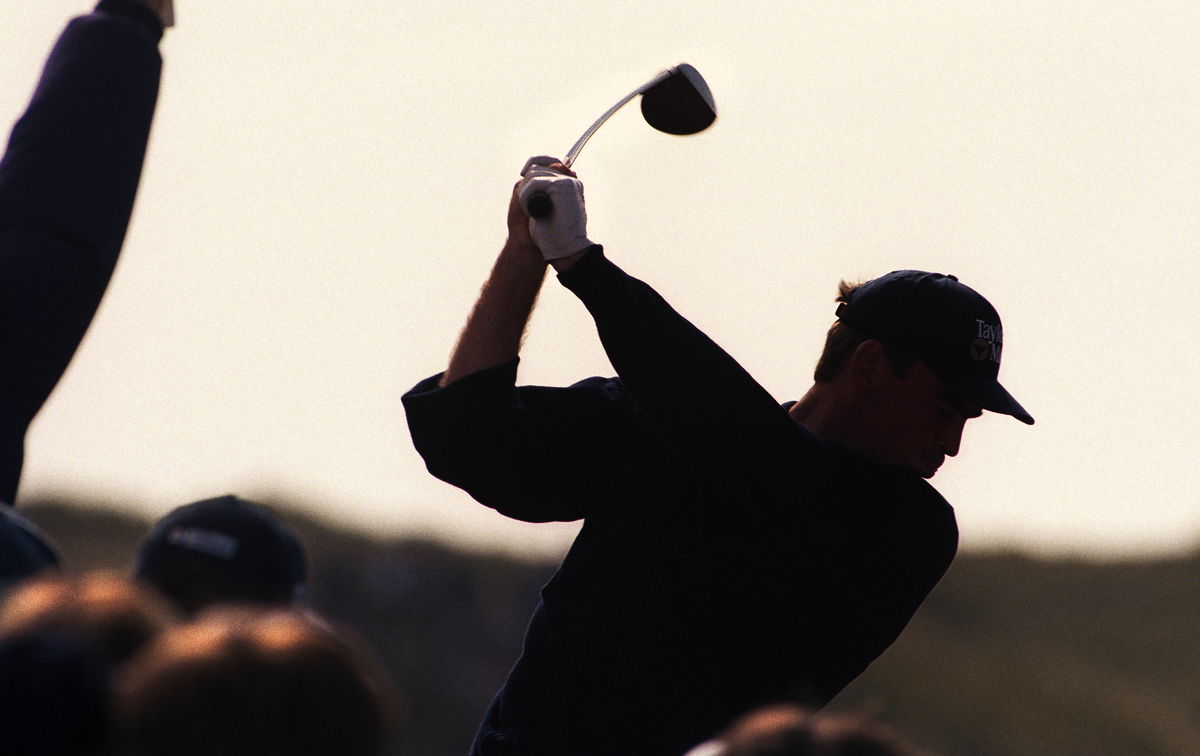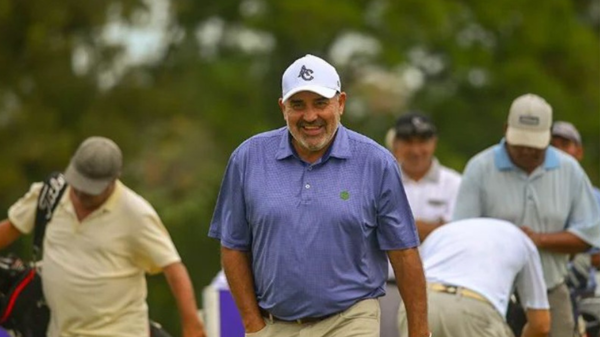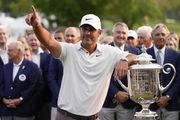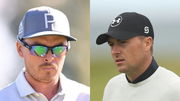
Getty
Silhouetted golfer on the tee during the 127th British Open Golf at Royal Birkdale GC in Southport 16th-19th July 1998. (Photo by David Ashdown/Getty Images)

Getty
Silhouetted golfer on the tee during the 127th British Open Golf at Royal Birkdale GC in Southport 16th-19th July 1998. (Photo by David Ashdown/Getty Images)
What does it truly take to rebuild a championship-winning golf game after spending 30 months away from competition? A lot of effort and resilience. Most golfers struggle with just a few weeks off. Some never recover from extended breaks at all. Angel Cabrera faced something entirely different—a complete severing from the sport that defined his life, trapped behind prison walls while his peers continued competing on the world’s biggest stages, but it didn’t break him. It only lit a fire within him to return stronger.
Watch What’s Trending Now!
The 2009 Masters champion, who was sentenced to jail for domestic abuse, recently opened up about his remarkable return to competitive golf following his release from prison in August 2023. Speaking candidly in a post-round interview at the Senior PGA Championship, Cabrera revealed the systematic approach that led to his stunning comeback. “It’s not that easy, but I worked really hard,” he explained. “I worked on the technical part, worked on the physical part, and the competitive part, and I think this is why things are starting to work now.” Cabrera, when in jail, did not touch a club. So, when he returned, not every aspect of his game returned smoothly.
He missed the cut in the Masters this year, his first since 2019. When pressed about which elements proved most challenging, Cabrera didn’t hesitate. “The hardest part was probably the short game, but with a lot of practice, I was able to recover it fast,” he revealed at Congressional Country Club. This admission reveals the intricate nature of golf’s delicate skills. While driving and iron play rely heavily on muscle memory, the short game requires touch and feel that can vanish during extended breaks.
ADVERTISEMENT

ADVERTISEMENT
The mental side proved equally complex yet surprisingly familiar. During his imprisonment from 2021 to 2023, Cabrera maintained his competitive mindset and championship expectations. “When I came back, I came back with the idea that I’ve been there, I’ve been in contention in the tournaments, and playing as well as I could,” he shared. This shows how much golf meant to him. After all, when he was in prison, it was what kept him going.
In an interview with Golf Digest after getting released from prison, the golfer shared that he read a lot of golf magazines during his time. “I read a lot. Manuel’s dad brought me eight or nine golf magazines at a time. I thought a lot about the tournaments I played in, especially when I read about myself in the magazines. The older ones had photos of me playing in the U.S. Open and the Masters, as well as in the Presidents Cup, which I played in four times. I’d get nostalgic, but it helped me pass the time. I remember nearly every stroke of that Sunday I won the Masters and would replay it in my mind: the playoff, the famous shot I made through the trees,” he shared, showing just how significant golf was and how badly he wanted to return.
ADVERTISEMENT
Despite everything he endured, his belief in his abilities remained unshaken, as shown in his recent form.
Top Stories
LPGA Star Issues Statement After Being Disqualified from $2M Golf Event: ‘Disappointed’

Phil Mickelson Warns of Legal Action After New Report Accused Him of Insider Trading Involvement

LIV Golf Signs a Deal With PGA Tour’s 20-Year-Long Partner in Another Shocking Move

Brandel Chamblee Calls Out Special Treatment of Jordan Spieth & Rickie Fowler During PGA Tour Events

Kai Trump Makes College Decision Official Before LPGA Debut Against Nelly Korda & Co.

Angel Cabrera’s 2025 competitive resurgence
This methodical rebuilding has produced extraordinary results in 2025. In April, Cabrera captured his first victory in over a decade at the James Hardie Pro-Football Hall of Fame Invitational. Then came his crowning achievement—winning the Regions Tradition in May for his first senior major championship via a brilliant final-round 64.
ADVERTISEMENT
Given the circumstances, his competitive consistency throughout 2025 has been remarkable. Beyond his two victories, Cabrera recorded a T4 finish at the Mitsubishi Electric Classic and earned $120,000 with that performance. The numbers tell the story of his successful return.
Through his recent Champions Tour appearances, Cabrera has maintained a 69.8 scoring average while hitting 68.3% of greens in regulation. His T10 finish at the Senior PGA Championship demonstrates that his three-part approach to recovery has delivered sustained excellence at golf’s highest senior level.
His story proves that technical skills can be recovered through dedicated practice, but mental fortitude often determines whether elite comebacks succeed. Sometimes the hardest part isn’t starting over; it’s trusting that greatness can return after everything falls apart.
ADVERTISEMENT
ADVERTISEMENT
ADVERTISEMENT
ADVERTISEMENT

